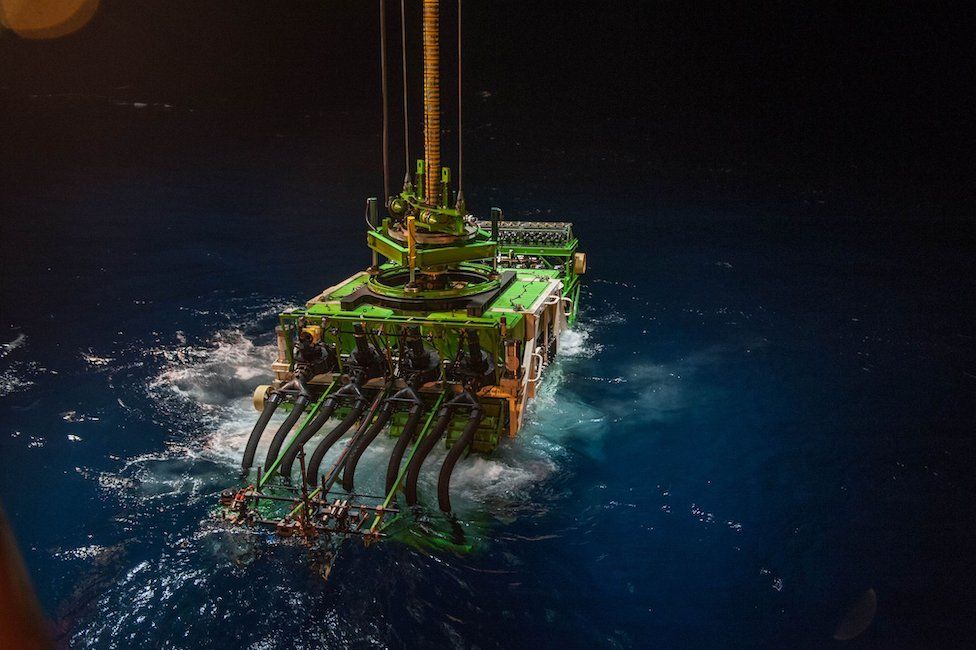Here in Denmark, we were surprised to find that the Russians have rendered our military combat ineffective. When NATO asks what we can provide, we can offer a hundred special forces soldiers, some past-due-date antitank weapons, and an armored brigade without armor. The reason is not lack of money. We spend many millions. We just don’t spend it on things that matter.
The Russians did not have to attack us kinetically or subject us to a devastating cyber-attack to achieve this. They simply needed to infiltrate the Ministry of Defence with spreadsheet-wielding MBAs supported by a fifth column from McKinsey. We have now optimized our way to warfighting impotence.
Many organizations have similarly found that they have optimized themselves to powerlessness. A ship stuck in the Suez or a war in Ukraine will bring their entire production to a halt.
The only way to resilience, as any capable army knows, is to have extra. You have more supplies on hand than the absolute minimum, and more different suppliers than you need. You have spare warehouses and production capacity. If you let the MBAs with their spreadsheets run the business, you might suddenly find you have no business.



